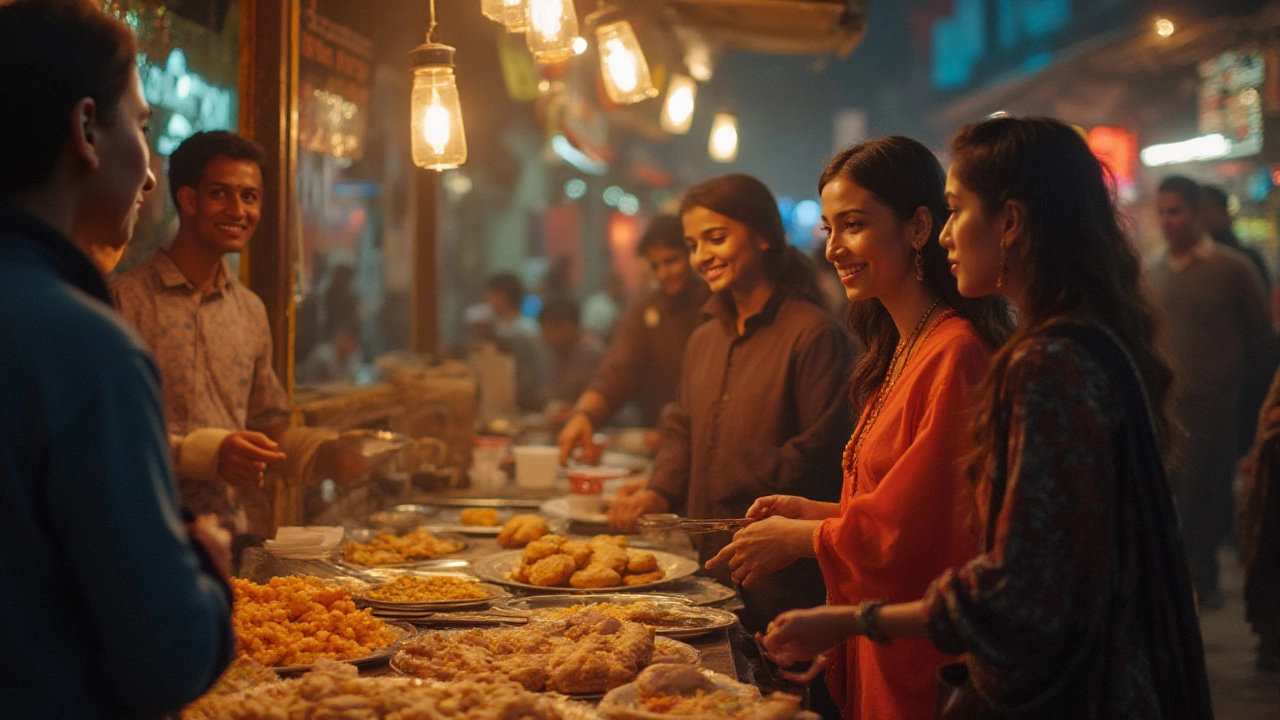Indian Food Hygiene: Essential Practices for Safe Cooking
When working with Indian food hygiene, the practice of keeping every step of Indian cooking clean, safe, and free from harmful microbes. Also known as food safety in Indian kitchens, it encompasses proper food storage, utensil sanitation, and personal cleanliness. Indian food hygiene requires a disciplined approach to washing hands, using separate cutting boards, and cooking ingredients at the right temperature. Food safety influences the final taste and health benefits of dishes like dosas or dal, while cross‑contamination can compromise even the simplest tempering. Finally, safe food storage enables ingredients to retain freshness for longer periods, reducing waste and flavor loss.
Why Hygiene Matters in Indian Cooking
Indian recipes often involve soaking, fermenting, or slow‑cooking, which gives microbes a chance to multiply if hygiene slips. For example, soaking urad dal overnight for dosa batter is safe only when the container is clean and the water is fresh; otherwise, unwanted bacteria can turn a crispy dosa into a health hazard. Adding a pinch of soda to the batter, as some cooks do, speeds up fermentation, but it also masks the need for proper sanitation. Likewise, handling spices in damp containers invites mold, ruining the aroma of garam masala. Simple habits—rinsing vegetables under running water, scrubbing pots with a brush, and drying hands before touching spices—break the chain of contamination and protect the delicate balance of flavors in dishes like chicken curry or paneer butter masala.
Beyond the kitchen counter, hygiene extends to storage, labeling, and waste management. Keep raw meats sealed away from fresh produce, store cooked food in shallow containers to cool quickly, and discard leftovers after 24‑48 hours to avoid toxin buildup. Use airtight jars for powdered spices, rotate stock to use older items first, and note the ‘best before’ dates on dairy products like paneer. Regular deep‑cleaning of the fridge, sink, and gas stove eliminates hidden grime that can affect everything from roti puffing to the rise of dosa batter. Adopting a checklist—hand wash, surface wipe, utensil sterilize, temperature check—turns good intentions into consistent practice. With these steps in place, you’ll notice fewer spoilage issues, better texture in rotis, and a clearer mind when experimenting with new recipes.
Now that you’ve got a solid grasp of clean‑cooking fundamentals, the articles below dive deeper into specific tips, troubleshooting tricks, and science‑backed explanations that will help you master Indian food hygiene across a wide range of dishes. From the exact soda ratio for dosa batter to the safest way to soak pulses, you’ll find practical advice ready to apply in your kitchen today.

Is Street Food Safe for Tourists in India? Safety Tips & Facts for Food Lovers
Thinking of trying India's legendary street food on your trip? Explore if it’s safe for tourists, what to watch for, and how to eat confidently like a local.
- Chutney Recipes (13)
- Healthy Living (12)
- General (11)
- Easy Indian Recipes (9)
- Chicken Curry Recipes (9)
- Paneer Recipes (8)
- Healthy Indian Snacks (8)
- Dal Recipes (7)
- Street Food (7)
- Dosa Recipes (7)
-
Why Indians Say ‘Tata’ Instead of ‘Bye’: Meaning, Origin & Usage
10 Oct 2025 -
What Makes Chicken Curry Taste Better?
20 Mar 2025 -
Street Food Etiquette in India: A Culinary Journey
22 Dec 2024 -
Basic Indian Dish: Mastering Simple Flavors
8 Feb 2025 -
Marinating Homemade Paneer: Essential Tips and Tricks
14 Dec 2024
9.07.25
Kaia Binari
0